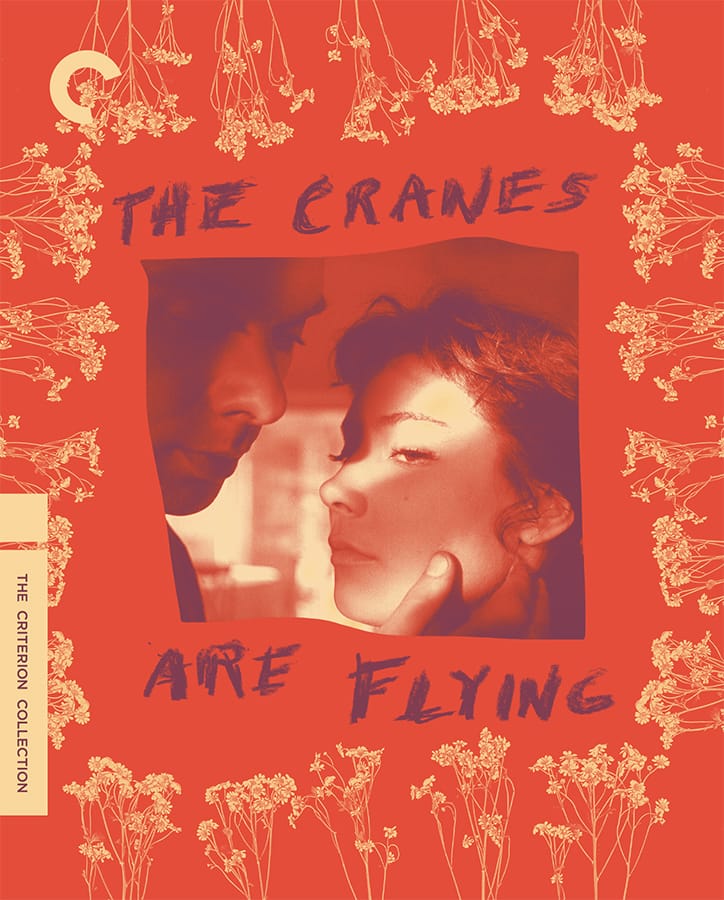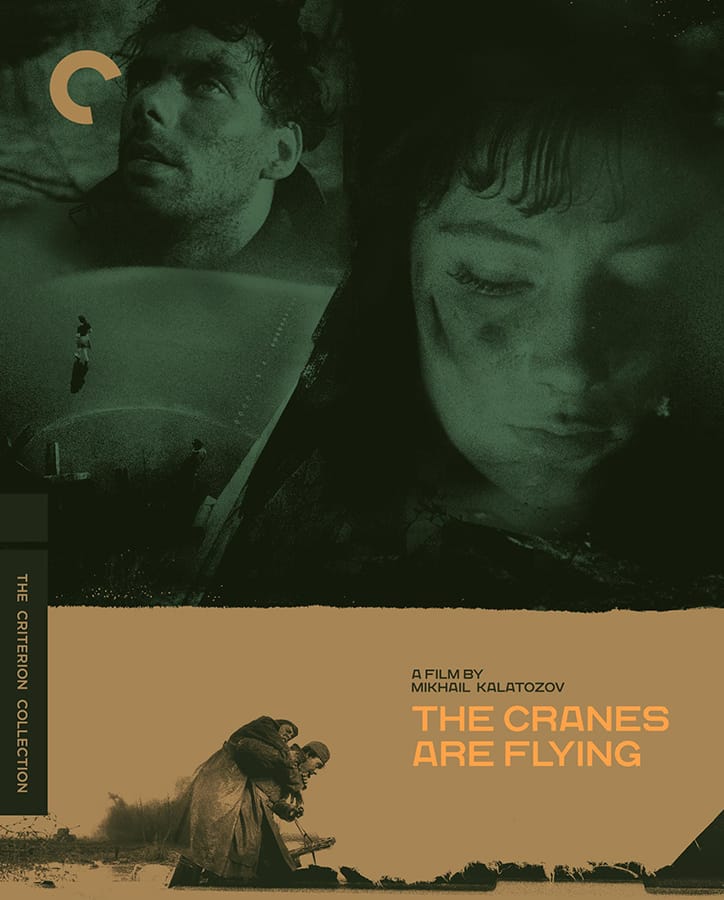The Intricate Layers of The Cranes Are Flying, Captured in Collage

The San Francisco–based creative team Century, cofounded by Jason Hardy and Steve Knodel, is no stranger to working with Criterion, having designed our Ingmar Bergman’s Cinema set, as well as the current form of this very website. The latest of our editions to include Hardy and Knodel’s visual signature—our rerelease of The Cranes Are Flying, available now—is yet another testament to their ability to make a bold impression while also expressing the emotional subtleties of the work at hand. Below, Hardy describes the process of conceptualizing and fine-tuning that went into the final Cranes cover image.
When we first began working on the cover art for Soviet director Mikhail Kalatozov’s The Cranes Are Flying (1957), we focused on three aspects of the film that felt like rich territory for design exploration.
The first was Sergei Urusevsky’s innovative cinematography. Urusevsky’s work has a feel all its own, and though many of the techniques he employed were revolutionary, his images always work in the service of the drama, never overshadowing it. Another obvious source of inspiration was Kalatozov’s approach to telling the story, in which two lovers are separated by World War II. It is intense, layered, and heartbreaking. The intersecting paths and missed connections of the characters, the struggle to remain hopeful and the cruelty of fate, combine to make for a rich, complex film. And finally, there was Veronica (Tatiana Samoilova), who emerges as a resilient source of strength and optimism.
When Criterion art director Sarah Habibi first briefed us on the project, she put forth the idea of using multiple images to weave the different characters and locations together in a dramatic way. We needed to establish the backdrop of war, while maintaining a focus on Veronica. We thought that a collage-style approach would help us achieve that balance, so we started out by combining graphic elements, imagery, and typography in different ways.






















